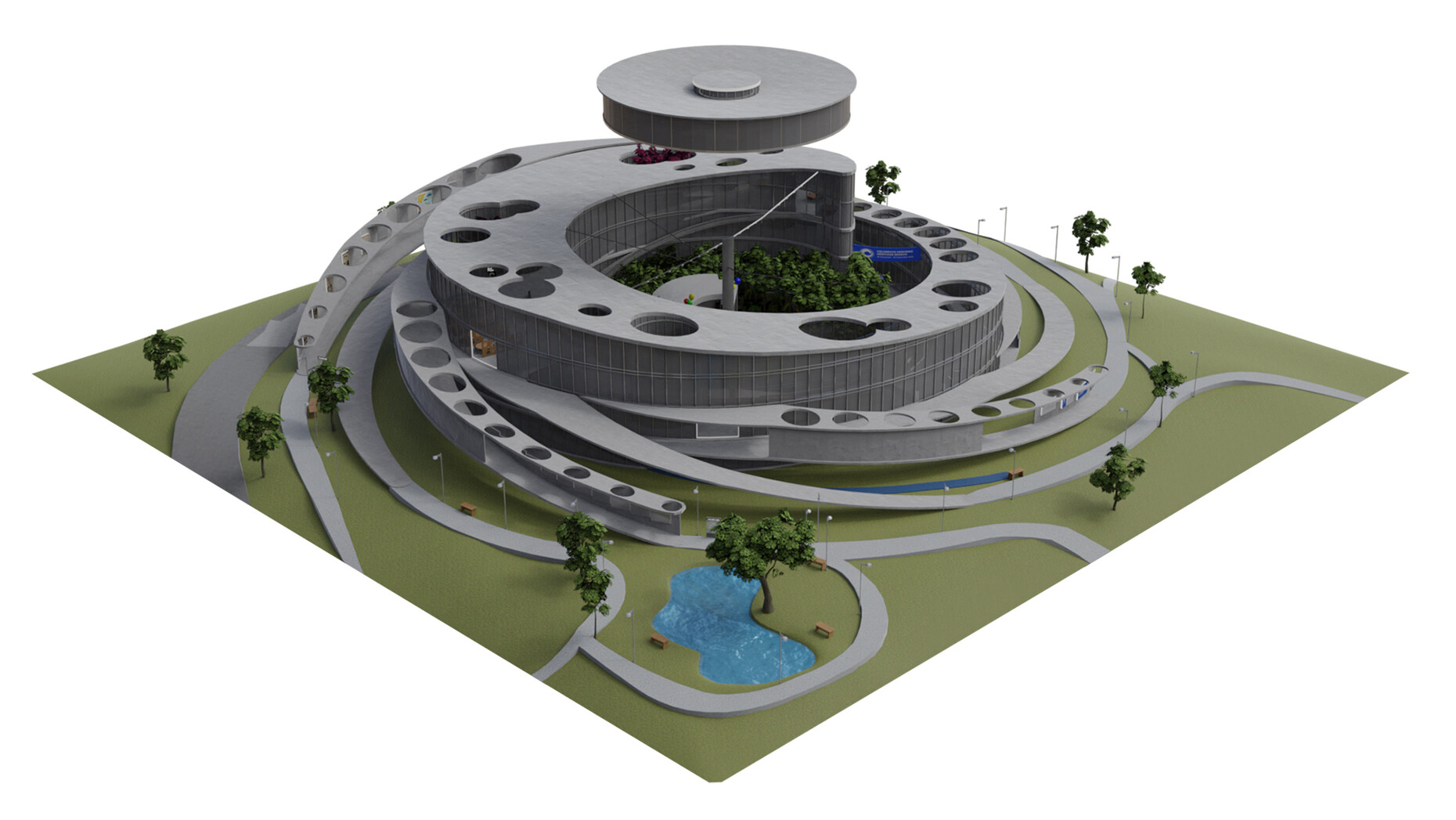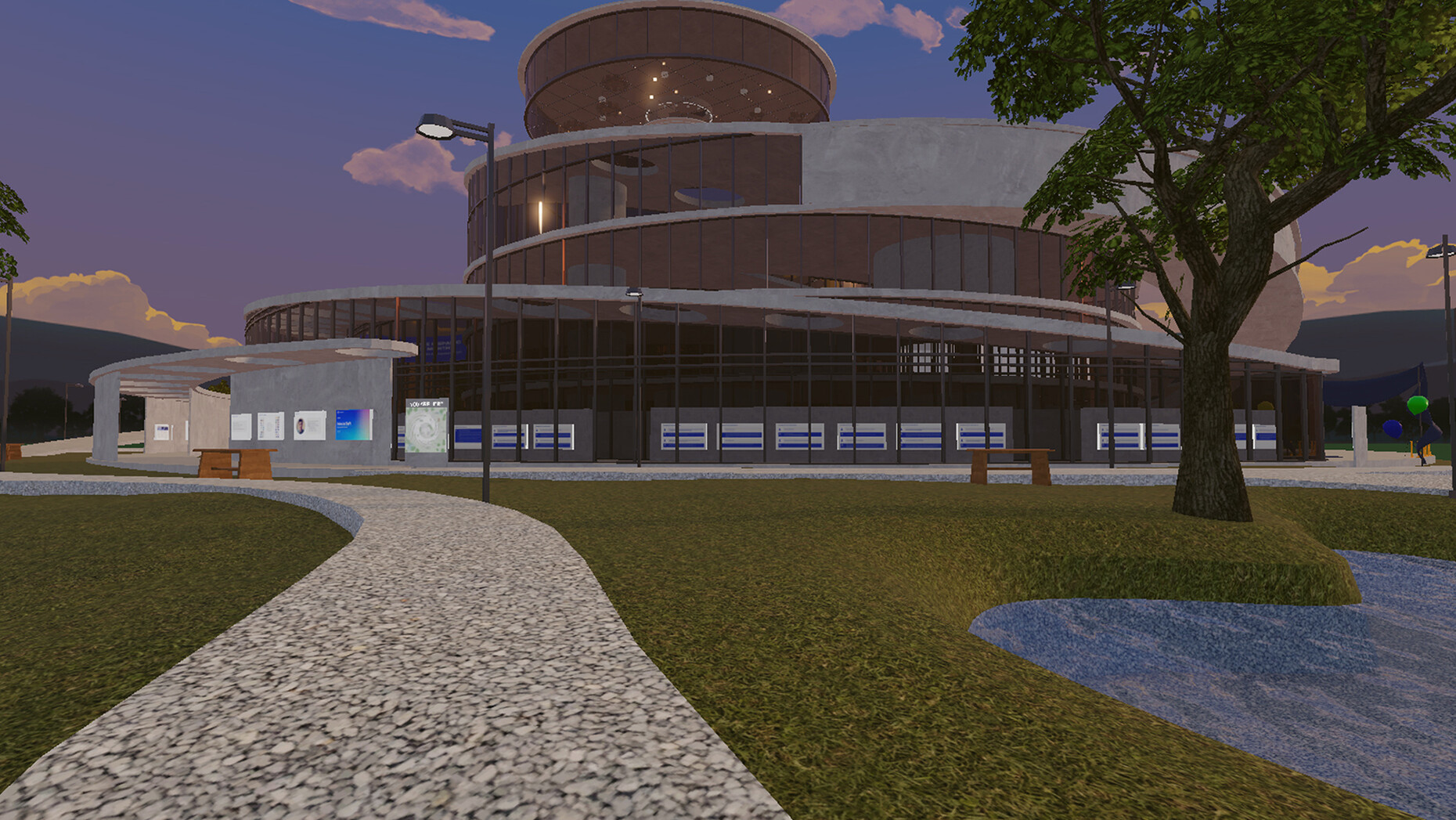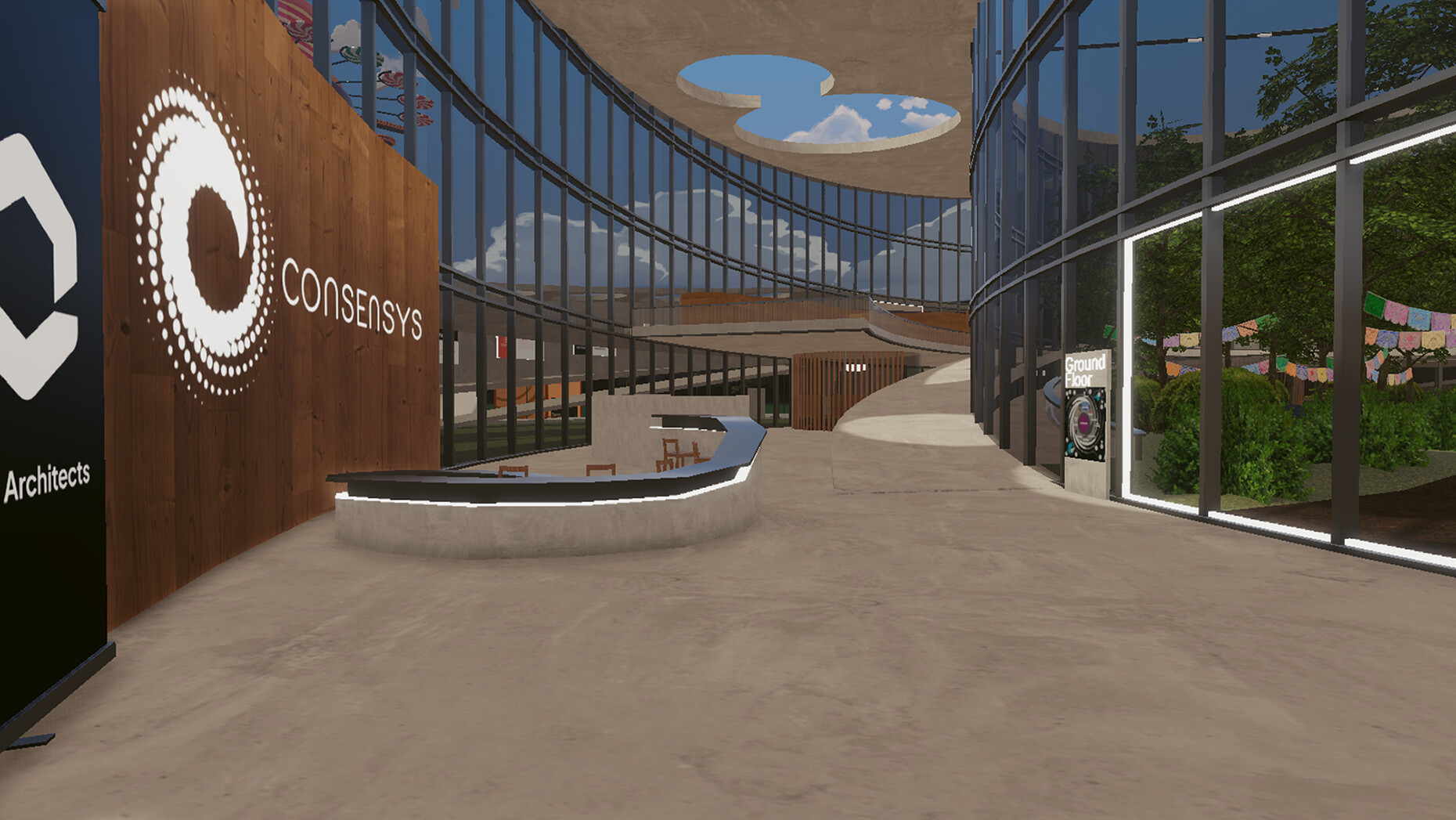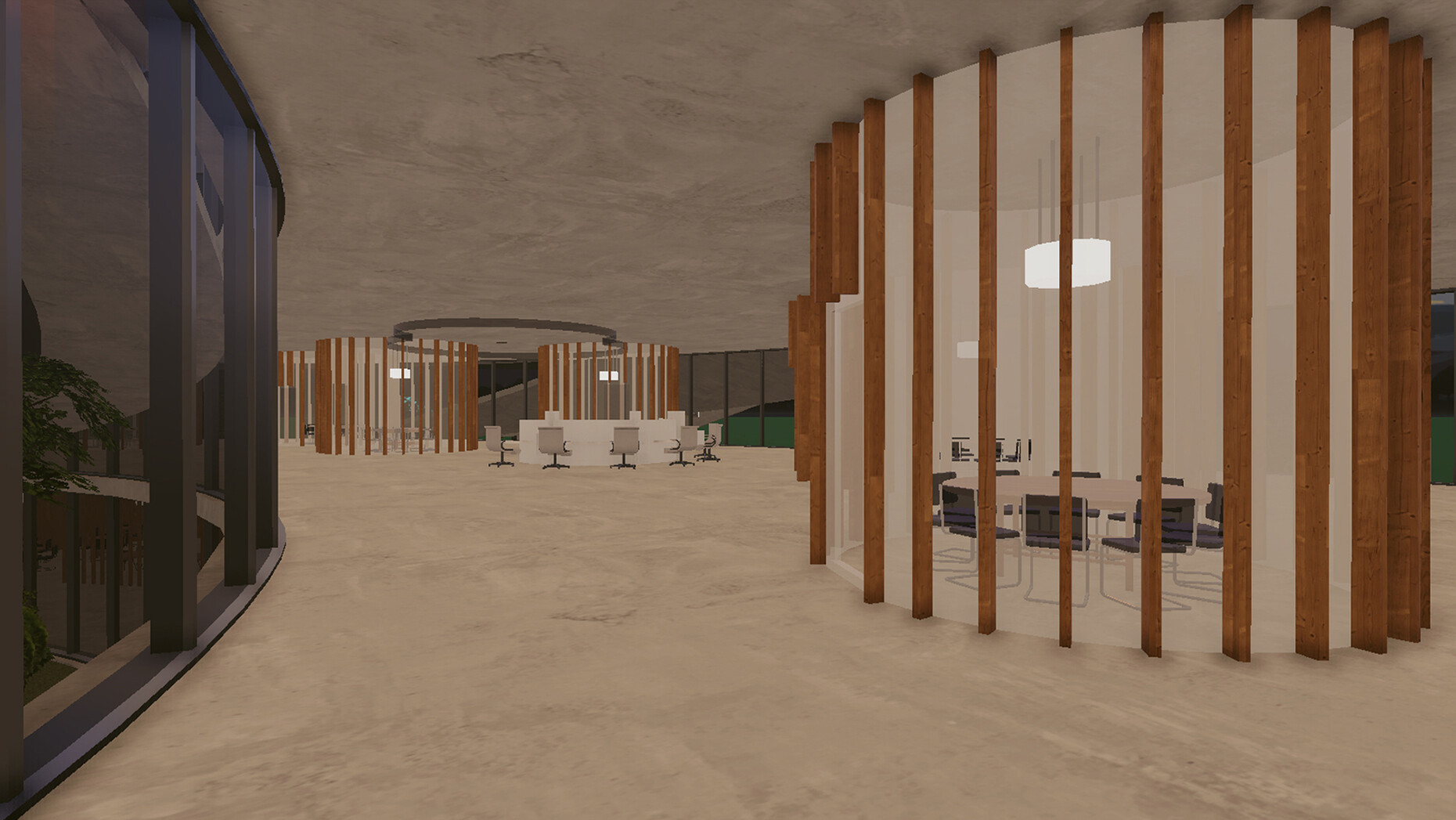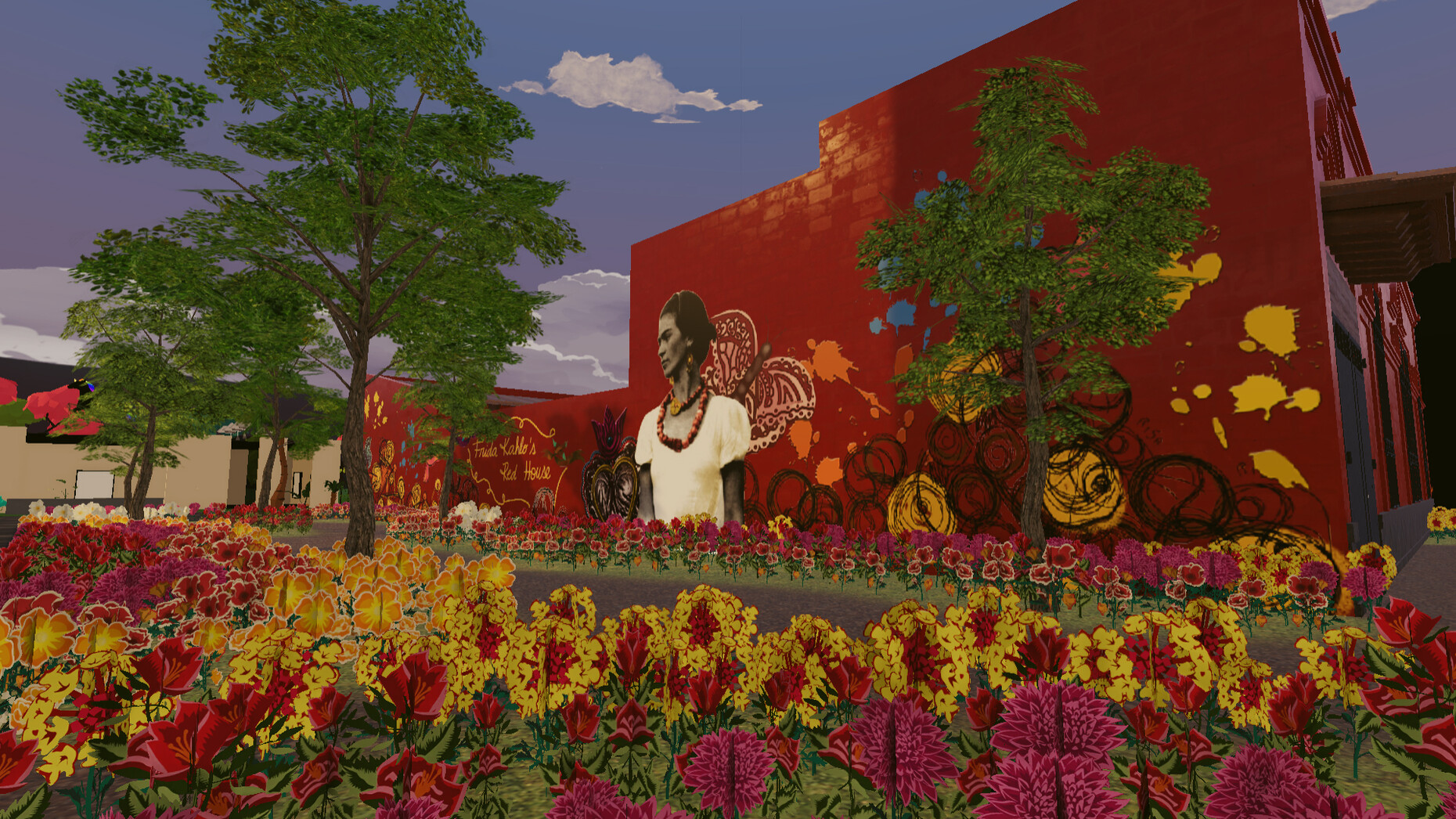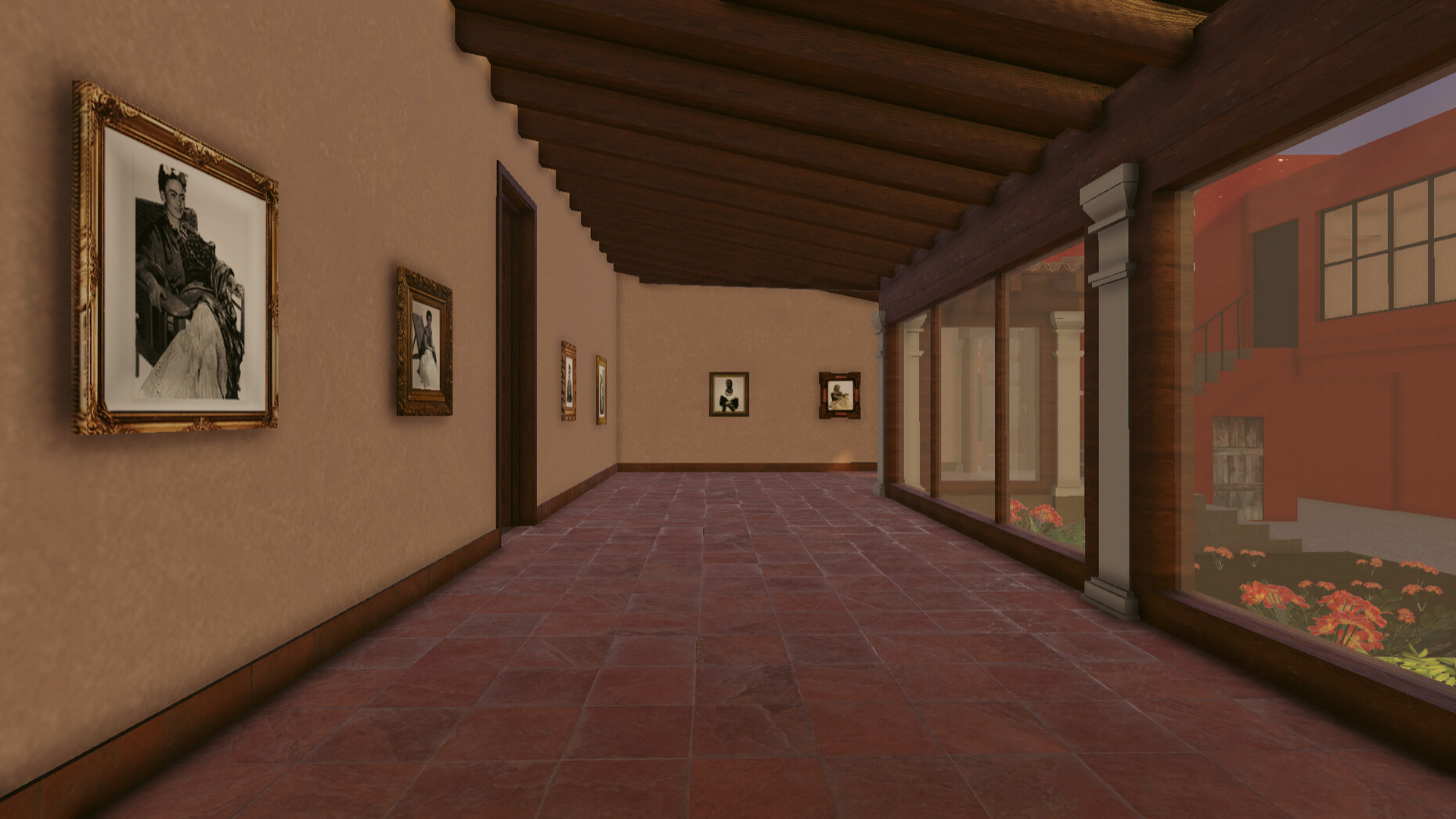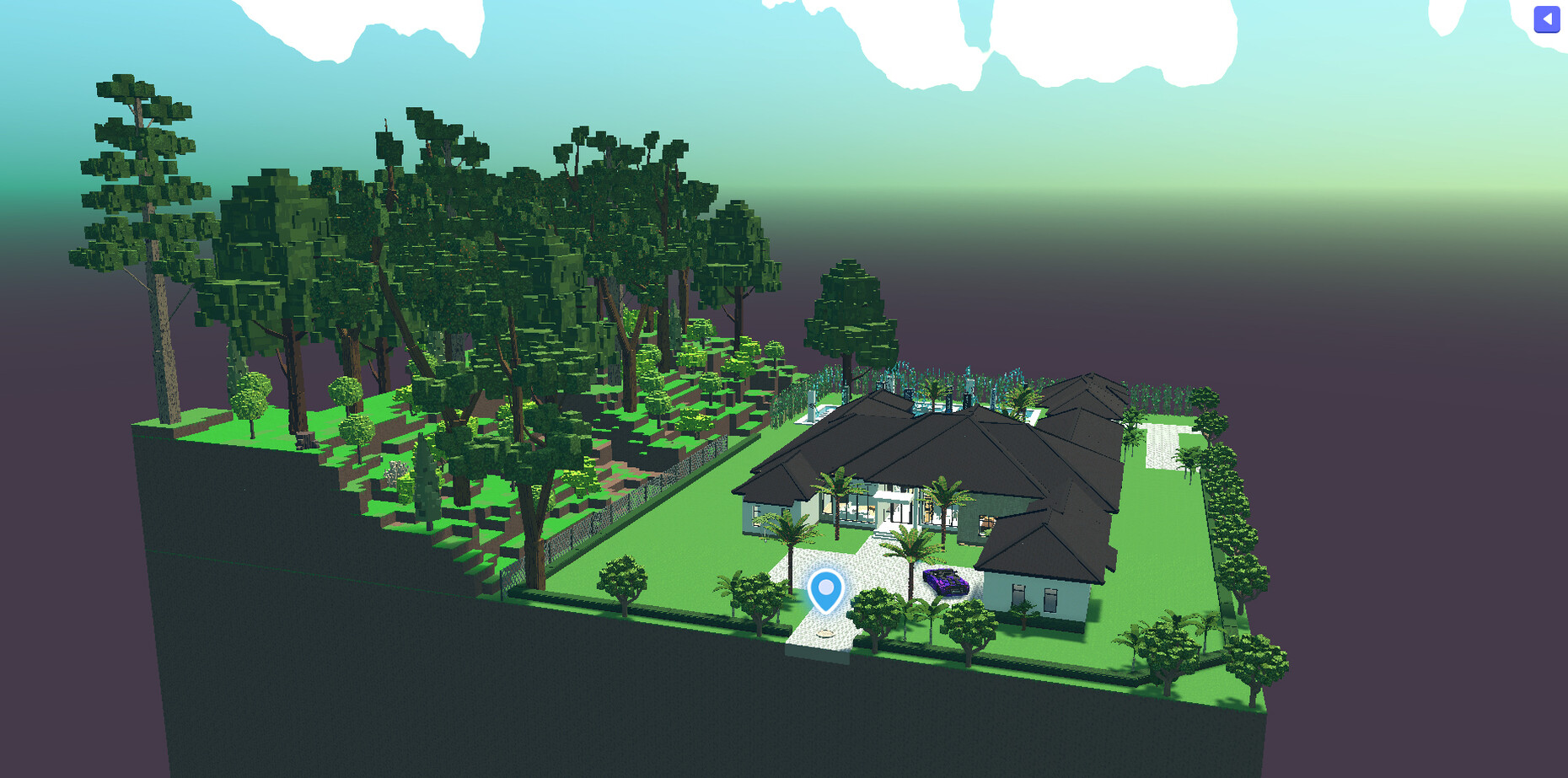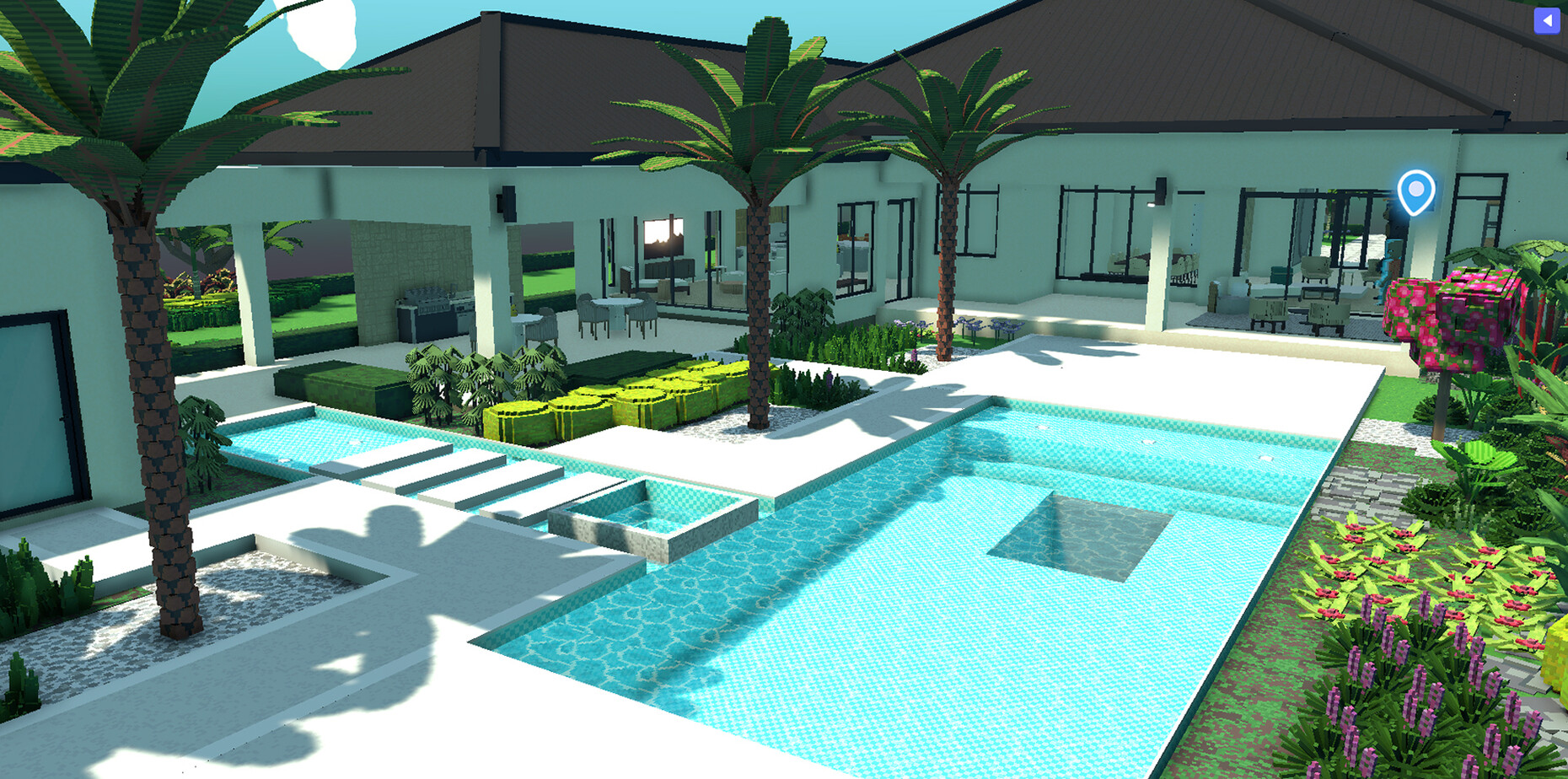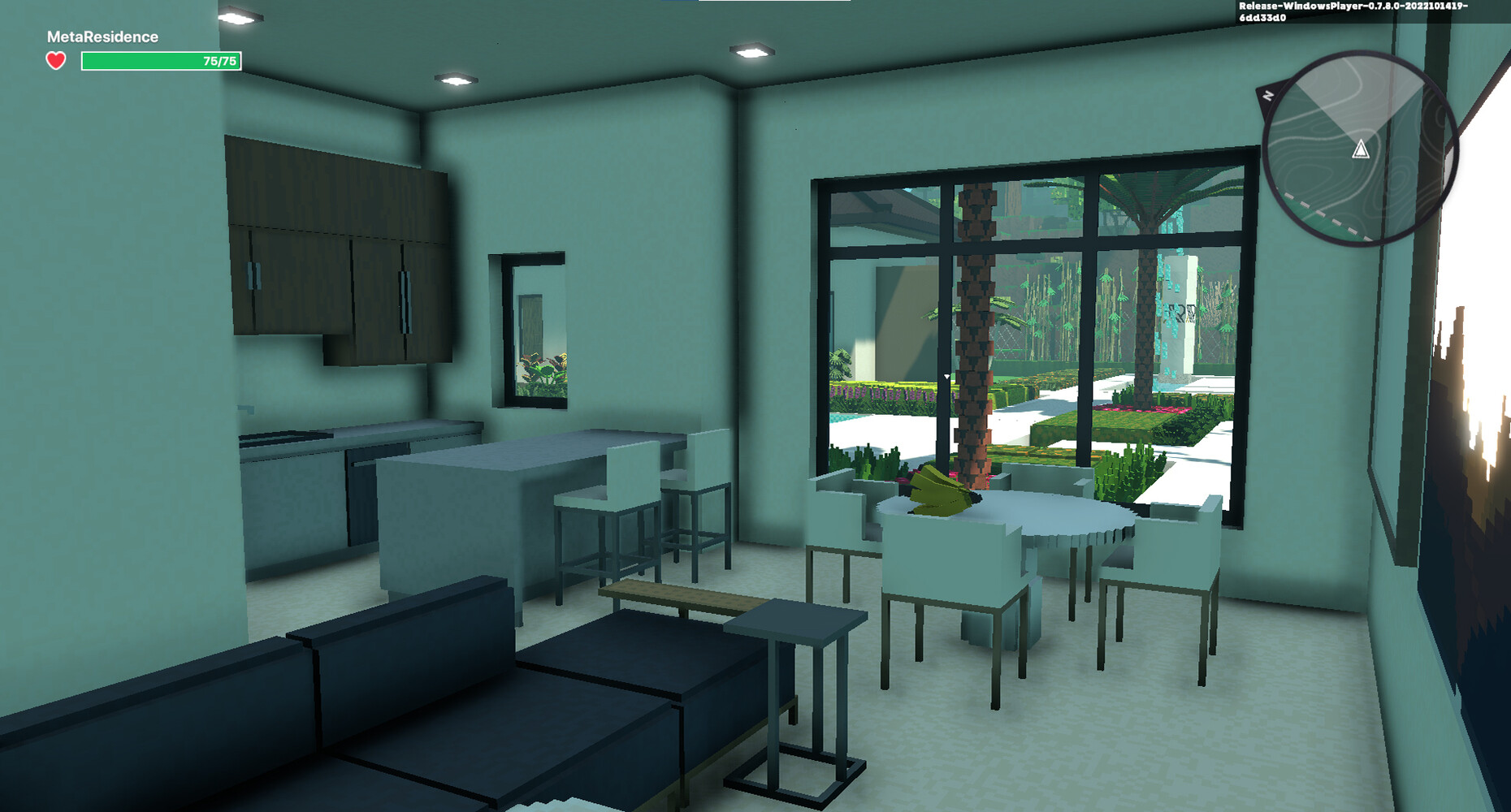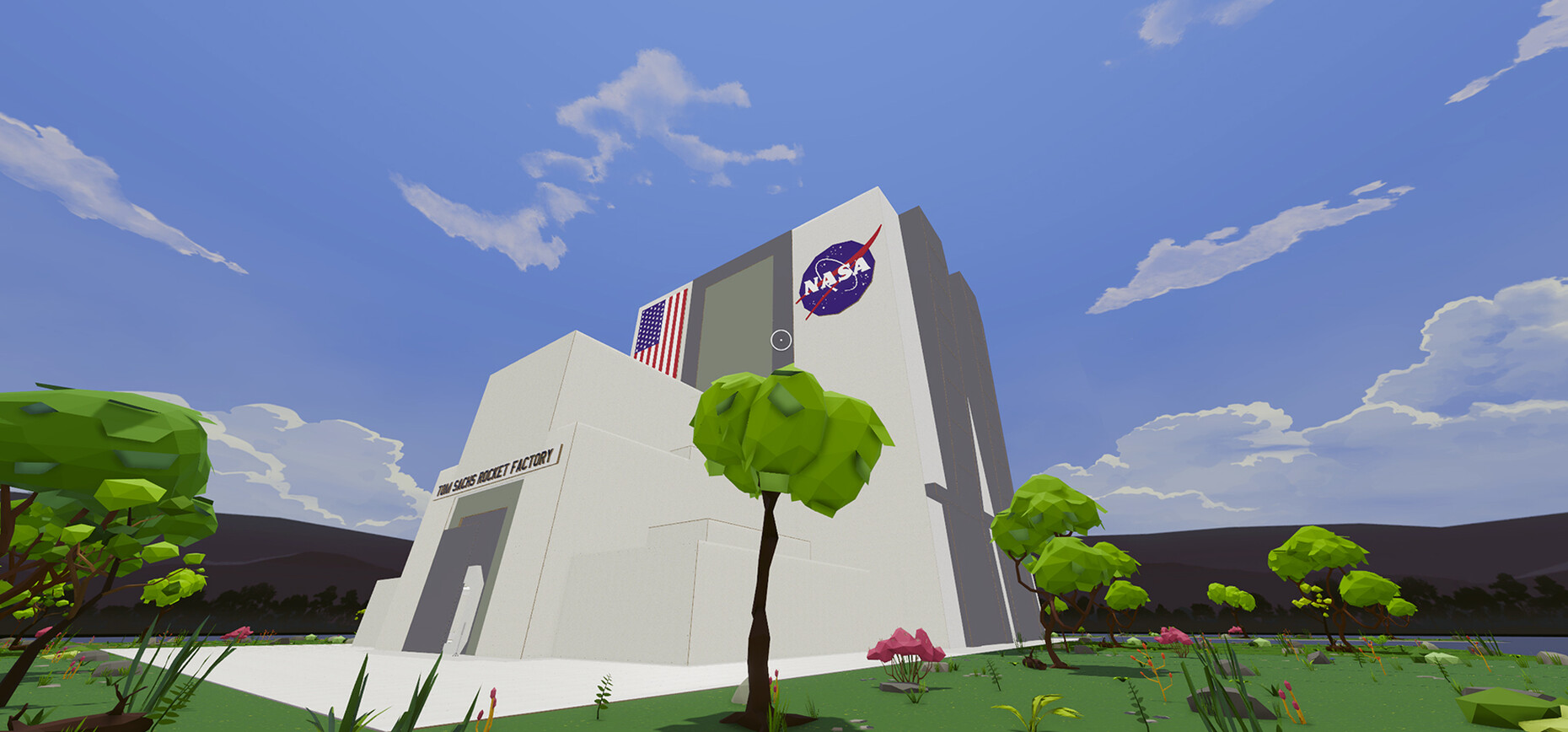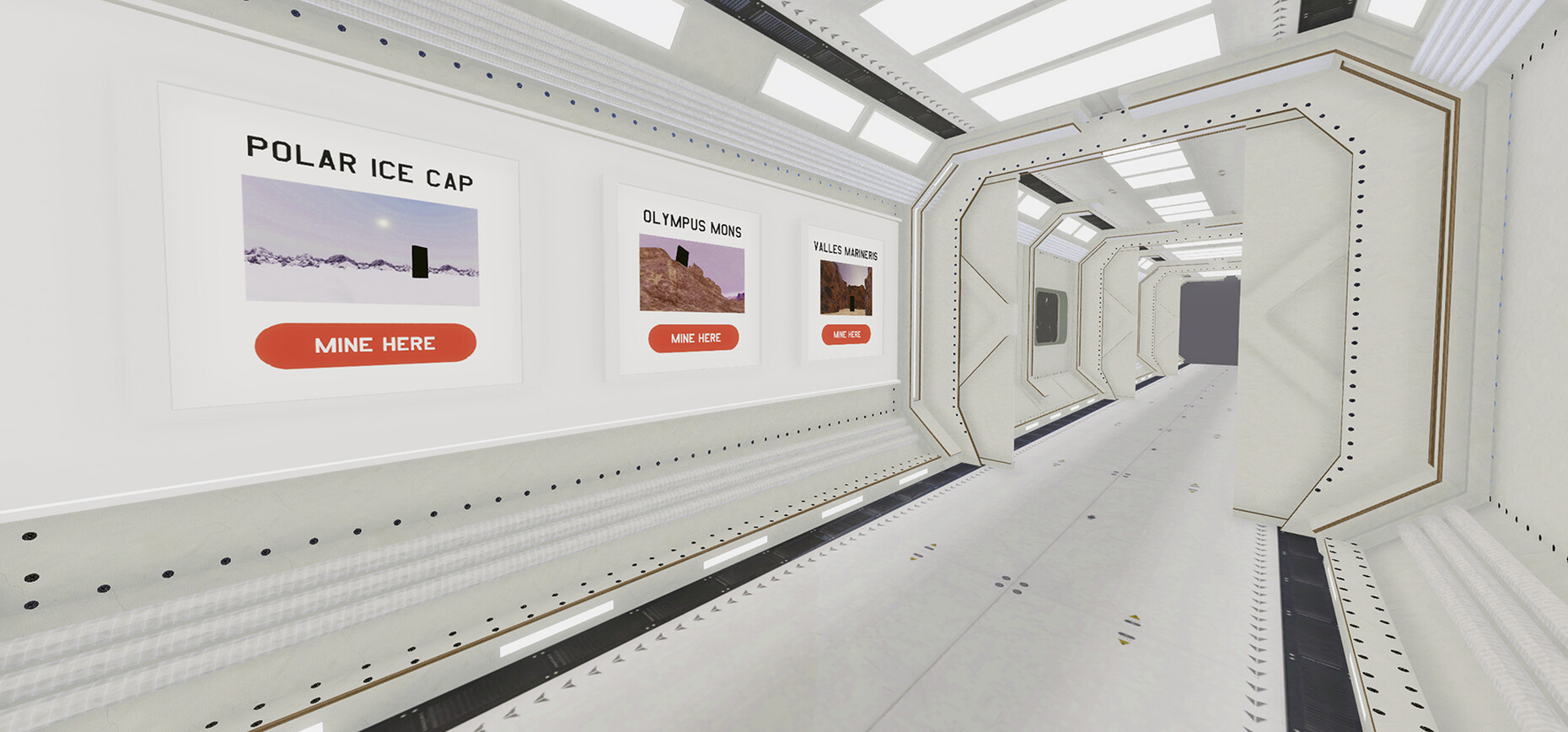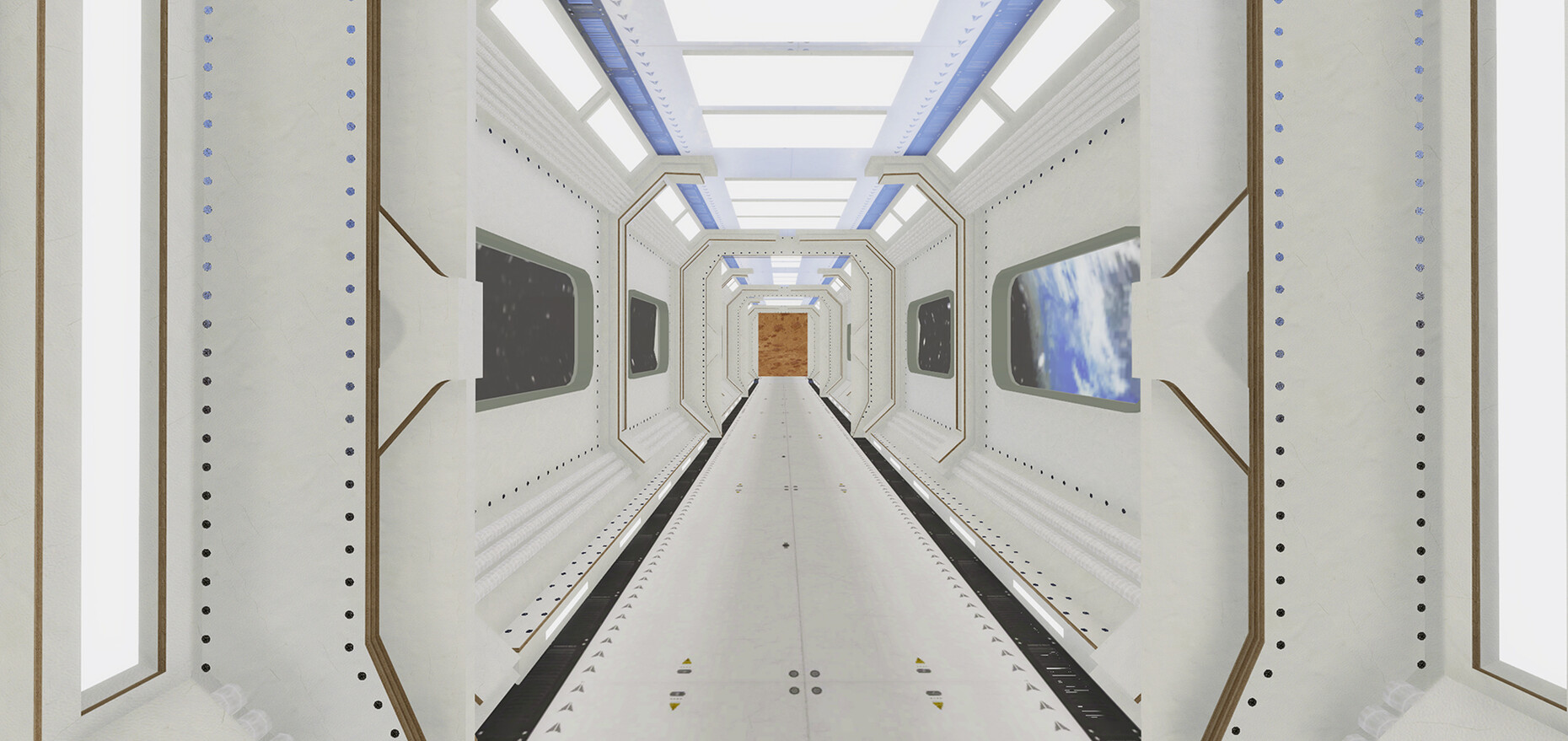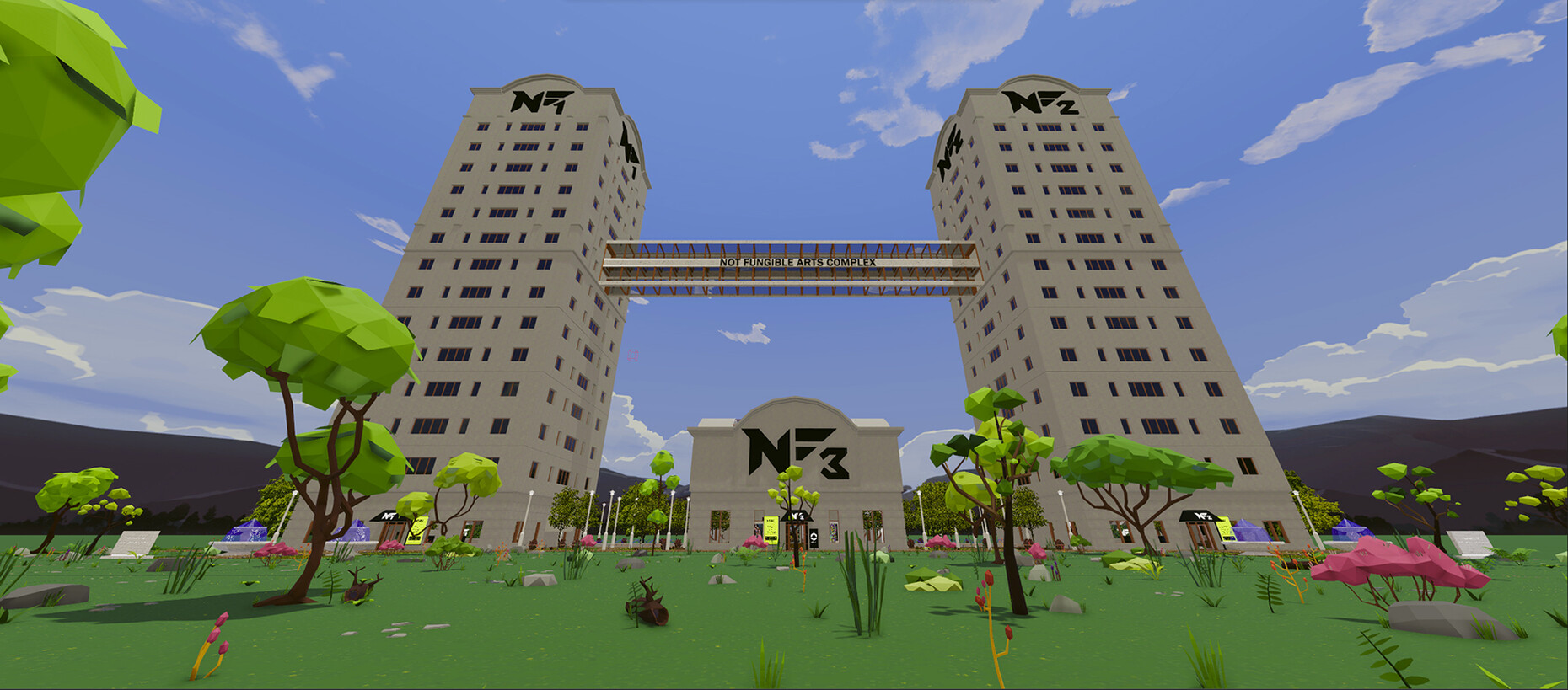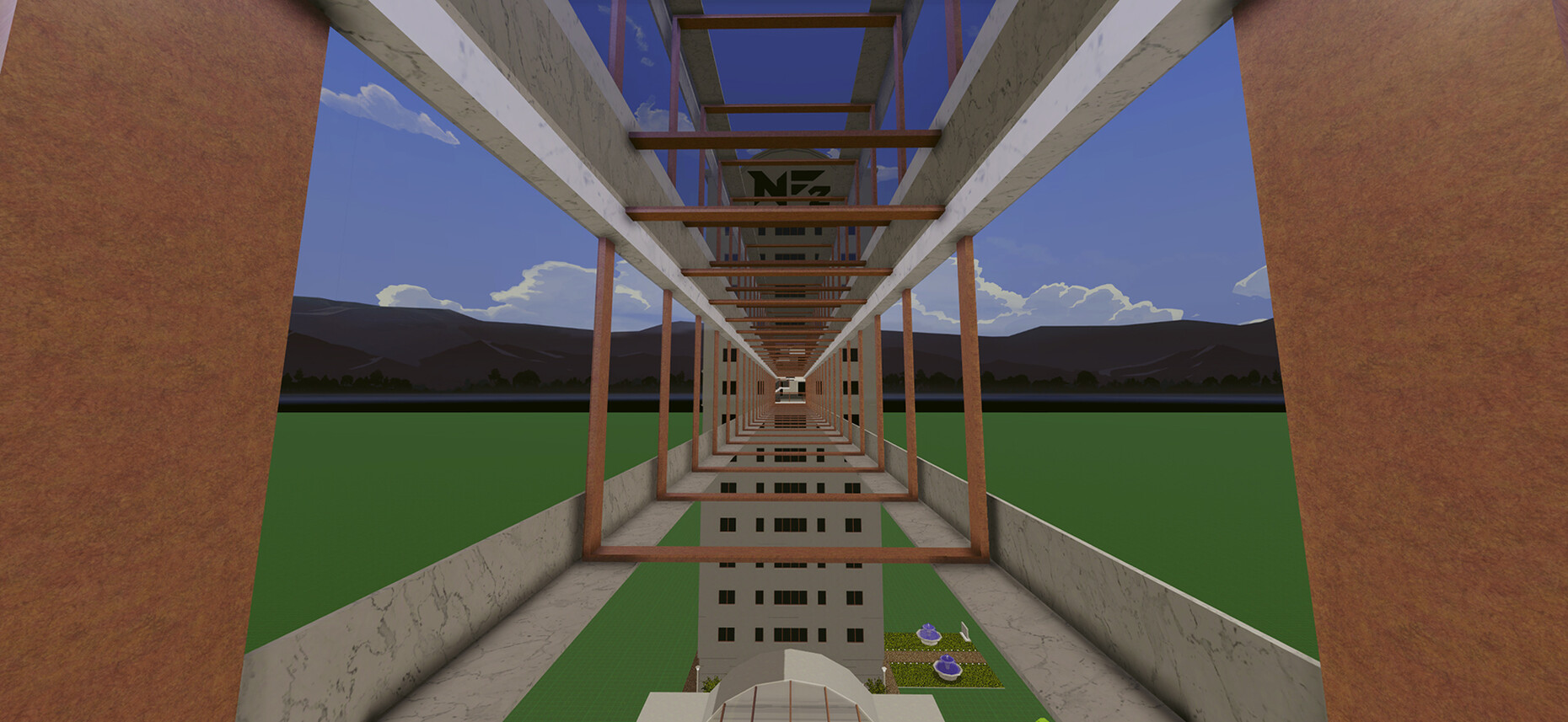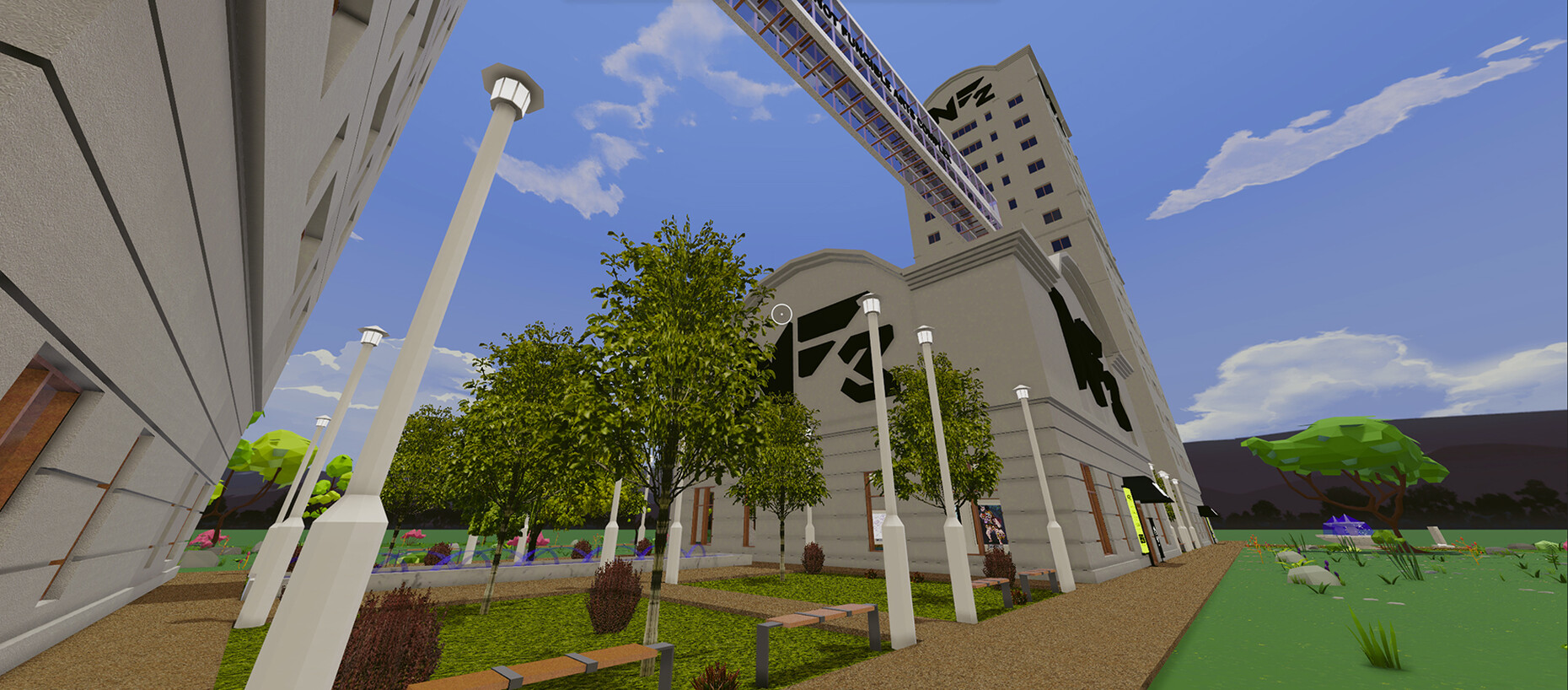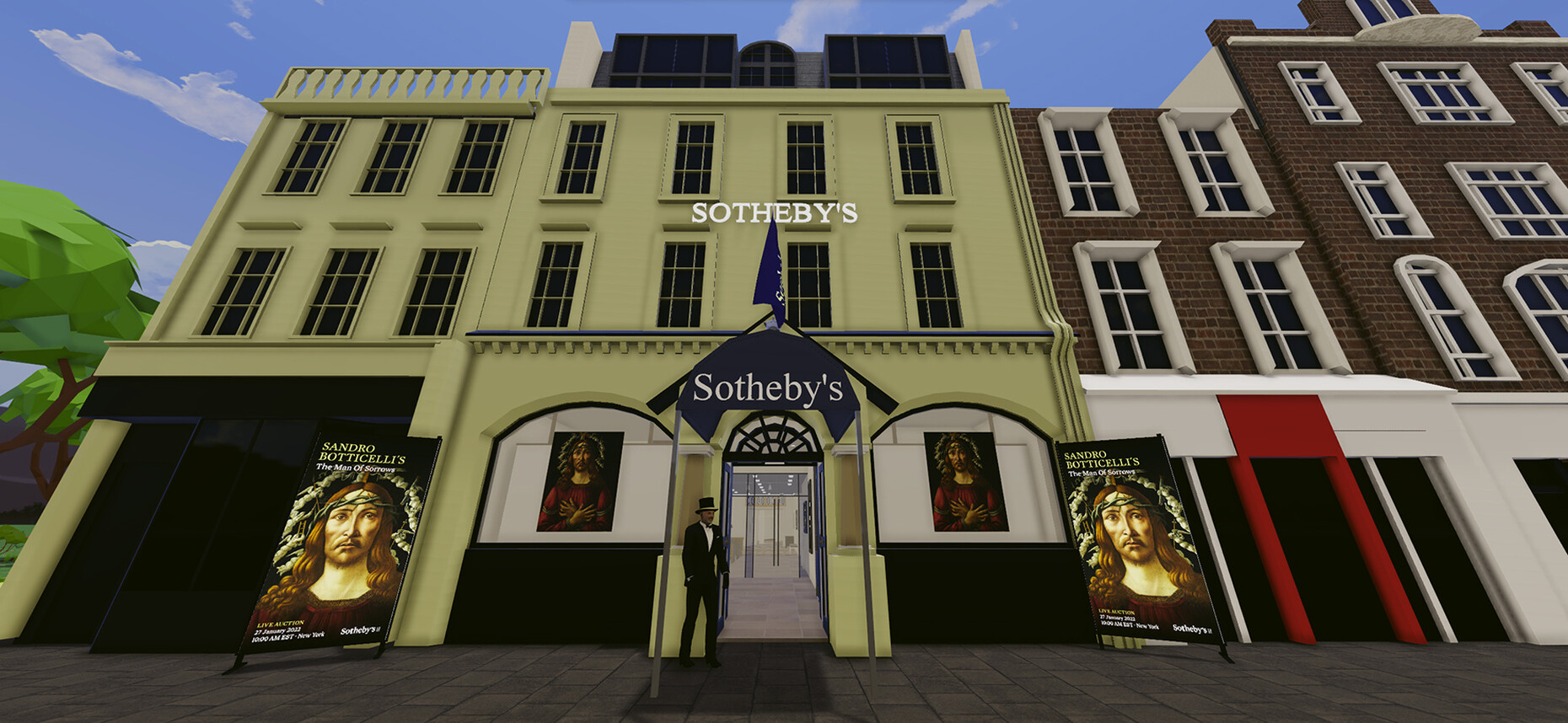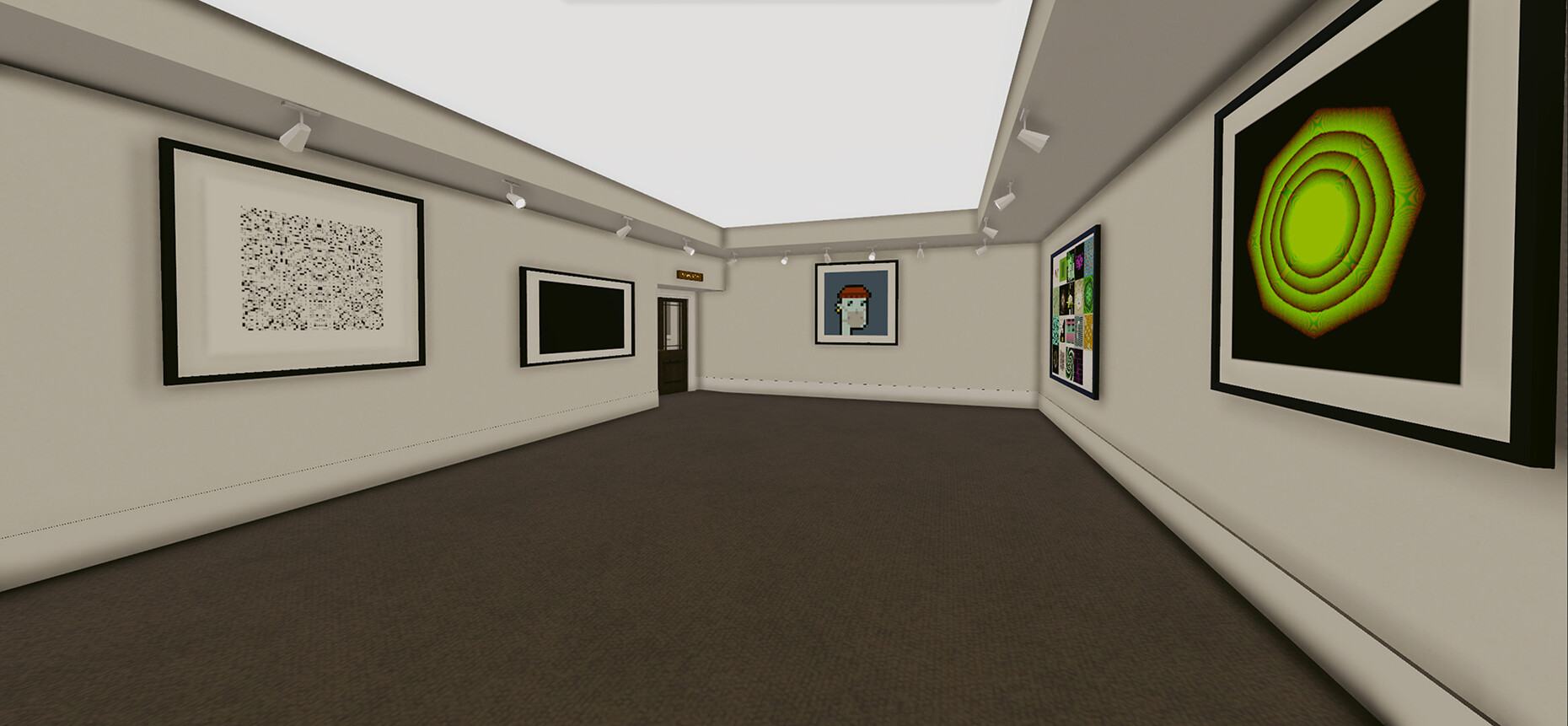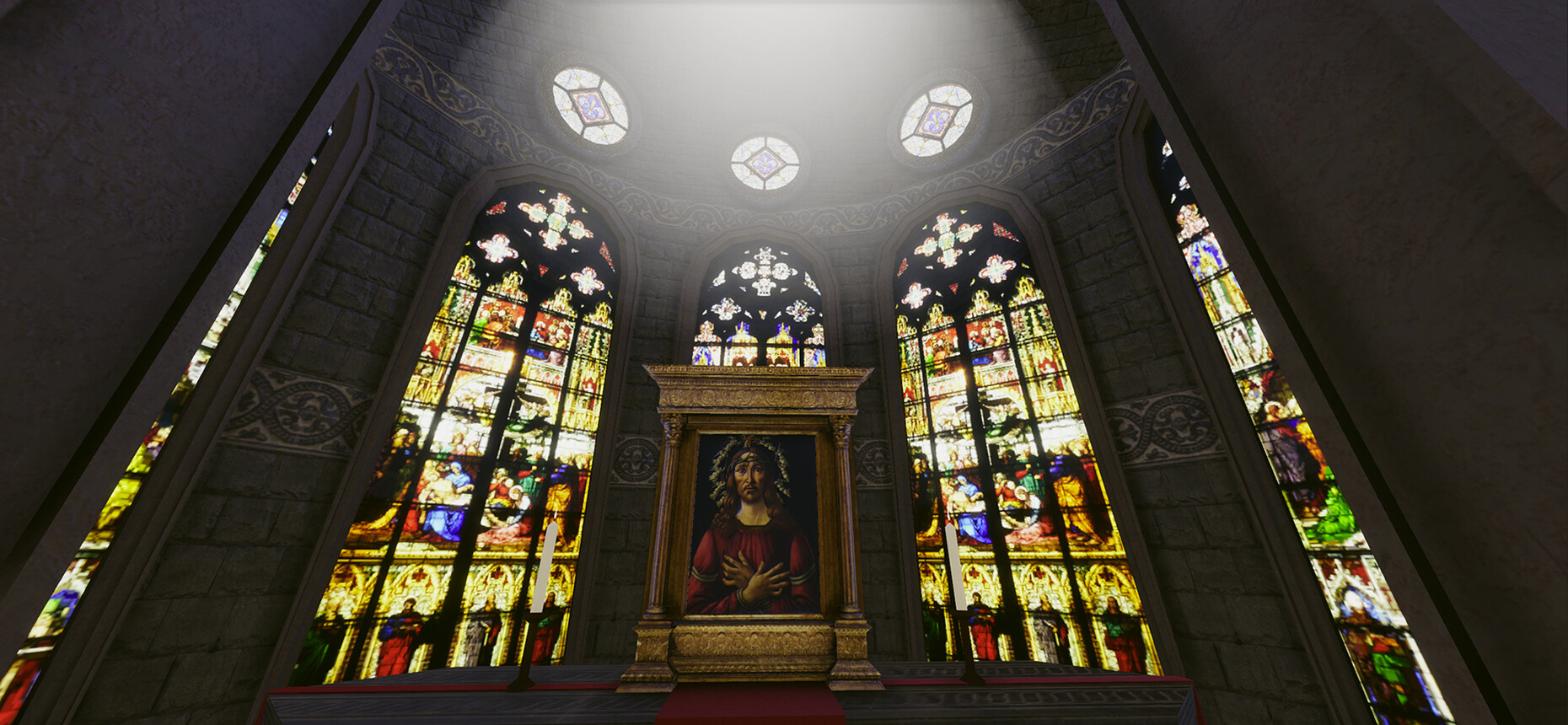NEW WORK
Building in the New World
Anna Moldenhauer: Put simply, the Metaverse is a virtual platform with many different worlds in which people work, network, and can be entertained. Is the Metaverse currently still a gimmick or is it developing into a genuine extension of our existing capabilities?
George Bileca: Many of the things that we currently use in our world began life as gimmicks. The Metaverse is no exception. In my opinion, the Metaverse represents the next phase of the Internet. The Metaverse is an advancement of our two-dimensional websites into more interactive, three-dimensional experiences. That is happening gradually through various virtual worlds like “The Sandbox”, “Decentraland” or “Roblox”. In this context, we are working on technologies that enable companies to interact with their customers at a three-dimensional level. Reports from McKinsey, PWC and others describe in detail what the applications of the Metaverse might look like. Arguably e-commerce will play a big role going forward because rather than viewing a two-dimensional object customers will be able to see a 3D-depiction of the product in virtual reality. Another important aspect will be the benefit the Metaverse offers educational institutions given that alongside classic classroom instruction, content can be experienced in virtual reality or in a three-dimensional environment. There are already a host of applications for the Metaverse from exhibition spaces for art galleries via platforms for NFTs, through to meeting spaces for brands that have run large-scale advertising campaigns for this purpose. For example, we recently created an interactive experience on the work of Frida Kahlo: Users were able to enter a virtual version of Frida Kahlo’s house and find out more about her life by solving a quest there. We work on our projects with architects who have previously worked for renowned architecture firms such as Ricardo Bofill Architecture Studio or Bjarke Ingels Architecture Studio.
The majority of people already use offerings that grant them access to a virtual world be it VR goggles, social media or online games in 3D. What needs to happen for these individual elements to be connected to form one large coherent system?
George Bileca: Collaboration is needed to build an infrastructure. In our company we realize bespoke Metaverse experiences; we specialize in creating concepts for virtual buildings and then turning these into the functional designs.
Is there an aspect that you feel is not getting enough attention in the discussion about architecture and the Metaverse?
George Bileca: Not every traditional architect is capable of building in the Metaverse because this requires the ability to design without restraint. Many people who use the Metaverse are looking for the free expression of creativity. So, you might say the Metaverse is part of the entertainment industry or at least merges into it. Architects who focus on realizing plans for residential buildings and don’t work with concept design are not necessarily best equipped for working in the Metaverse. Frank Gehry and Zaha Hadid for example created amazing, almost unreal concepts fit for the metaverse, while many traditional architects cannot do the same thing. A basic knowledge of programming languages should also be a given. Digital architecture for the Metaverse is simply a different discipline and as such differs in many respects from classic architecture studies.
The price of land is rising rapidly in the Metaverse just now because it is limited. How can that be in a digital world that is infinitely large?
George Bileca: As I see it, the original idea in developing the Metaverse was to create a virtual world parallel to our real world which offers similar conditions – that also includes owning and managing property and building an economy. That was an important step for the development of the ecosystems. Now you increasingly find urban structures in the Metaverse like neighborhoods close to certain firms that are in high demand. Belonging to that exclusive area is a privilege that comes with a price tag – just as it does on the real property market.
Digital real estate is paid for in a cryptocurrency, a digital tender backed up by real money. Bitcoin, for example, the strongest cryptocurrency that relies on blockchain technology, recently plunged in value incurring huge losses for investors. How much of a risk is it to invest in the Metaverse?
George Bileca: The beautiful thing about the Metaverse is that it isn’t necessarily connected to blockchain technology or for that matter to any one technology. For example, the creative platforms “Unreal Engine” or “Unity” can be used to develop three-dimensional, customized websites that work independently of the blockchain. I don’t think the ups and downs of the cryptocurrency will stop the development of the Metaverse.
Why should architects invest their time in realizing imaginary landscapes rather than solving problems in the real world – like urban development or advancing sustainable building?
George Bileca: The Metaverse opens up opportunities that are related to those of classic architecture. This means the virtual world can also serve as a tool for designing real buildings and infrastructures.
How can the digital and analog focuses of architecture be combined to develop a collaborative system?
George Bileca: Everything that happens in the Metaverse can influence real life and vice versa. In the Metaverse you can have a digital representation of a real building – and an exhibition can be visited either live or digitally. A ticket system is also conceivable in order to create an exclusive venue before it is opened to a wider audience. There are many functions that the Metaverse could help with. Recently, for example, we created an experience space for the artist Tom Sachs that encouraged visitors to explore the new virtual worlds.
I would agree that the Metaverse makes it possible to access such experience spaces in a new and more varied way. However, architects and designers also rely on experiencing space in person so they can physically experience the interplay of light, shadow, colors and shapes. A pair of 3D or VR googles is not sufficiently advanced to offer this yet. Do we need to allow a little more time for this technology to be improved?
George Bileca: When we are talking about real architecture, I agree that you need to actually be there to experience it properly. But perhaps it will soon be possible to wear a VR headset and gloves so it feels like you are touching the space, or there will be sensors that realistically stimulate the sense of smell. They already simulating the sense of sight However, for digital architects, real space is not absolutely necessary as a basis for their creative work as – albeit depending on the project – the parameters of classic architecture are not necessarily compelling.
Looking at the control of the Metaverse – how much dystopian potential is there in utopia when the real and digital world mix in our consciousness and experience?
George Bileca: The control of the Metaverse depends on its use. If it, say, serves to supplement school education then it must be classified by the respective institution as being suitable for that purpose in advance. But the Metaverse can’t entirely replace training for a real profession even though it can be used to simulate certain procedures. So, the extent to which the digital and analog world can merge depends very much on the application involved and the particular industry. When it comes to legal regulation – the creators of the virtual worlds are entitled to vet spaces in advance and remove any offensive material. The structure of the Metaverse is similar to that of the current internet, there are websites, in other words, “spaces” that are displayed in search engines and then there is content in the Deep Web. You can access this content but as it is not curated you do so at your own risk. Perhaps the best comparison on regulation is that from December 2024 all smartphones that are sold in the EU have to come supplied with a USB-C port for wired charging. Meaning what we find in the market is regulated by the European Parliament and I think we should subject the Metaverse to its regulation, too.
How seamless is data protection in the Metaverse at present?
George Bileca: How much data is collected from users and how it is protected depends on the offering they want to use. To register on a crypto exchange some form of ID needs to be presented. However, on Decentralised Exchange websites (DEX) that offer trading in cryptocurrencies it is enough to create a digital wallet.
In recent months firms like Six N. Five experimented with transferring design from the Metaverse into real objects. How do you view developments like this?
George Bileca: The Metaverse offers a platform for the free expression of creativity. When you design objects in digital space that are to defy the laws of physics you must in the course of that work adapt them to the requirements of the real world. The process can be compared to the creation of concept automobiles: These include details and functions that for the most part will not go into mass production and are instead concepts that serve as the basis for a model that will really be used.
What services does Voxel Architects offer the companies it works with?
George Bileca: Whether we are designing digital or real architecture we are always guided by what the customer wants. If someone commissions us to design a digital building, we analyze the specifications and then get together with our design team to create a proposal.
How long does it take to complete a building on average?
George Bileca: It really does depend on the scope of work for that respective project. We had some projects that we completed in less than two weeks. Others that have been extended for months. If we were to make an average of all the projects we have worked on so far, I would say that two to three months is fair amount of time.
Do you continue to support the digital buildings following their completion?
George Bileca: We offer up to a six months’ warranty for customers. And if say an extension is desired, we draw up a new offer.
A digital space also means that the architecture is no longer accessible should you not have the necessary technology in place or the digital system breaks down. How do you address this concern?
George Bileca: Let’s say that the server on which a work is hosted is shut down then we transfer it to Back up to ensure it can continue to exist. But technical glitches of this sort are rare occurrences and we hardly ever need to take such action. Should an entire digital system break down then I imagine that we as a society would face greater problems than gaining access to architecture in the Metaverse because this outage would among other thing also affect banks’ international digital platforms.
